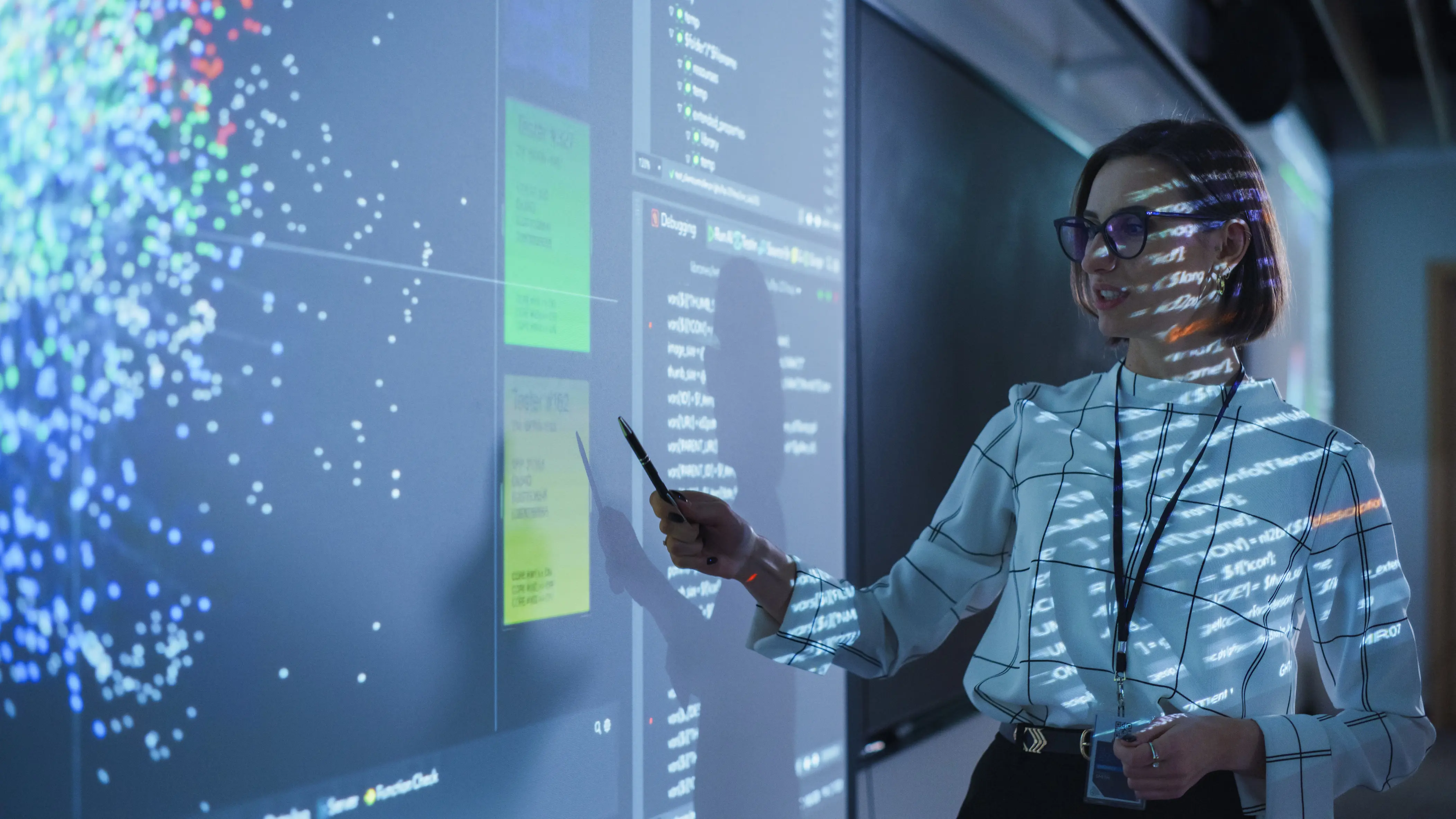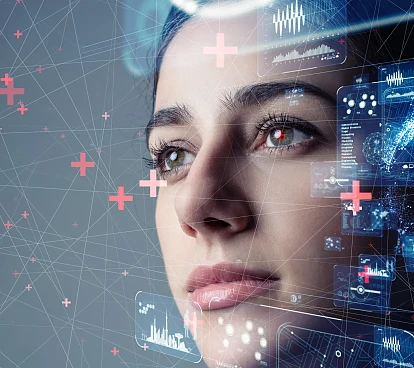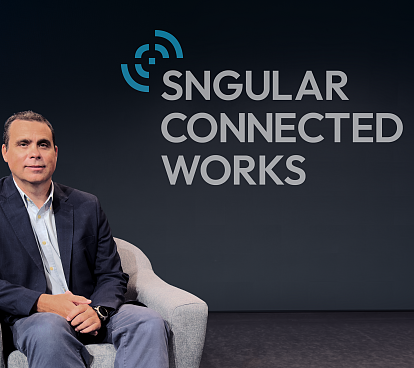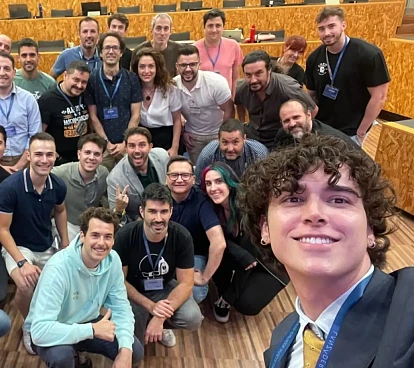
Artificial Intelligence, from technology to transformation
November 6, 2024
AI, a mature disruptive force ready to redefine industries and create new opportunities for society.
Where we are and where we are headed in the context of Artificial Intelligence (AI) is a never-ending source of articles and opinions from various authors, some of whom are set to play a significant role in this new landscape. These experts take positions and share their thoughts on the subject.
In recent years, AI has shifted from being a futuristic promise to a tangible reality, transforming the way we live and work. However, the perception of AI has evolved beyond simply creating increasingly sophisticated models.
Experts are inviting us to rethink the role of AI—not just as a technology in itself, but as a tool to drive creativity, solve global problems, and redefine industries.
Beyond Models
A recent and practical view was shared by Cristóbal Valenzuela, CEO of Runway, who argued in a post on social media platform X that "the era of AI companies is over", as AI is becoming a fundamental infrastructure, akin to electricity or the internet.
Instead of focusing on AI as an end in itself, Valenzuela positions his company, Runway, not as an AI company but as a media and entertainment company that uses AI as a tool to create new forms of artistic expression and storytelling.
Valenzuela compares AI to the invention of the camera, which revolutionized the way we capture reality and gave rise to new industries and forms of art. According to him, AI is transforming content creation in a similar way, enabling more interactive, generative, and personalized experiences, where the distinction between creation and consumption blurs. The future, he believes, is no longer about building better AI models— which are becoming, in his view, a commodity—but about leveraging it as infrastructure to create new types of media, experiences, and storytelling.
This vision aligns with the evolution of the strategic approach to AI. For him, the emphasis is no longer on building better models but on how to apply AI to solve specific business problems and create real commercial value.
Amodei’s Optimistic Vision
Another recent perspective comes from Dario Amodei’s optimistic view on the impact of AI. In his essay Machines of Loving Grace, the CEO of Anthropic, far from the doomsday narrative often presented in the media, advocates for a future in which AI becomes a fundamental tool to improve people's lives and society as a whole.
Amodei presents an optimistic vision of AI, arguing that this technology has the potential to solve some of humanity's most pressing issues, such as disease, poverty, and climate change. In his essay, he imagines a world where AI assists in complex tasks, helps us explore new knowledge, and enables us to live more meaningful lives.
However, he does not ignore the risks associated with AI development. He acknowledges the importance of proactively addressing these challenges and developing AI systems that are safe and aligned with human values. To do so, he proposes a series of measures, such as investing in basic research, creating ethical standards, and promoting international collaboration.
One of the highlights of his essay is the emphasis Amodei places on long-term planning. He argues that we must adopt a strategic vision to ensure AI is developed in a way that benefits everyone. This means addressing not only the technical challenges but also the social and ethical issues this technology raises.
It is also worth noting that Dario Amodei predicts that in the near future, there will be a "General AI," or more specifically, a "powerful AI," as he intends to move away from the term "general" and suggests that this AI will greatly surpass human capabilities in most intellectual domains.

Combining "Intelligences"
Other authors take a less radical stance and present their views from the perspective of a less powerful but still transformative Artificial Intelligence.
In his article The AI Revolution: How Predictive, Prescriptive, and Generative AI Are Reshaping Our World, author Bernard Marr explores the impact of three types of Artificial Intelligence: predictive, prescriptive, and generative.
Marr argues that these technologies, far from being just buzzwords, are the driving forces behind the most significant innovations in various fields, including business, healthcare, and the creative industries.
Marr describes predictive AI as a "crystal ball" that uses historical data and machine learning algorithms to predict future events with remarkable accuracy. Just as meteorology uses models to predict weather patterns, this technology has applications in business.
Retail companies already use this technology to anticipate consumer trends and optimize their inventories, while financial institutions use it to detect fraudulent transactions. In healthcare, predictive AI is used, for instance, to identify patients at risk of developing certain diseases, enabling early intervention and better medical care.
Prescriptive AI goes a step further by recommending specific actions to achieve concrete outcomes. It acts as a "personal advisor" by analyzing multiple variables and potential outcomes, weighing the pros and cons, and calculating risks to suggest the best course of action.
In logistics, for example, prescriptive AI optimizes delivery truck routes by considering traffic patterns, weather conditions, and delivery schedules to save time and fuel. In healthcare, it can recommend personalized treatment plans based on a patient’s genetic makeup, lifestyle, and medical history.
Generative AI, on the other hand, focuses on content creation, from text and images to music and even code. In the fashion industry, for example, it is used to design unique and personalized garments, in entertainment to simplify the creation of series and movies by replacing traditional special effects techniques, and in architecture, it facilitates the creation of detailed 3D models from textual descriptions. In marketing, generative AI enables the development of highly personalized advertising campaigns tailored to each consumer’s preferences. Even in healthcare, this technology is used to accelerate drug discovery and design more effective treatments.
Marr argues that the true potential of AI lies in the ability to combine these three technologies, giving rise to a new concept known as hybrid AI.
From Promise to Reality in Business
In summary, Artificial Intelligence is at a turning point. We have moved from an era focused on research and development to one where this technology must be integrated into our lives to create real value.
As we move towards an increasingly AI-driven future, it is crucial to adopt a holistic perspective that encompasses both the opportunities and challenges that this technology presents, not only from a technical viewpoint but also from an economic and business standpoint, embracing the future with ethics and responsibility to ensure it truly benefits society as a whole.
Our latest news
Interested in learning more about how we are constantly adapting to the new digital frontier?

Tech Insight
December 19, 2024
Contract Testing with Pact - The final cheetsheet

Insight
December 10, 2024
Groundbreaking technologies today that will reshape the innovation landscape in 2025

Corporate news
December 4, 2024
Launched ConnectedWorks to Revolutionize Construction Site Management

Insight
December 4, 2024
A Journey of Innovation, Improvement and Magic
